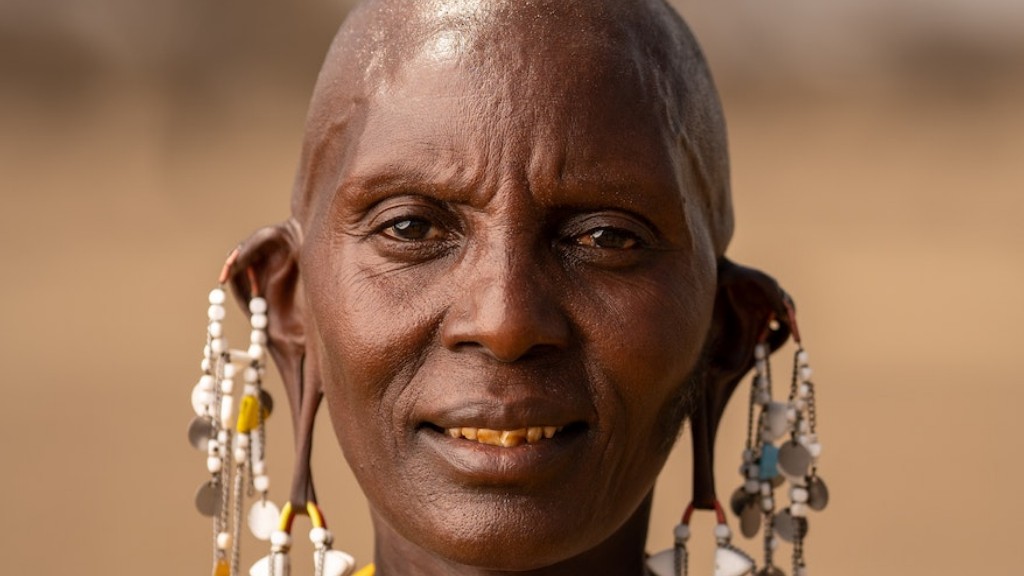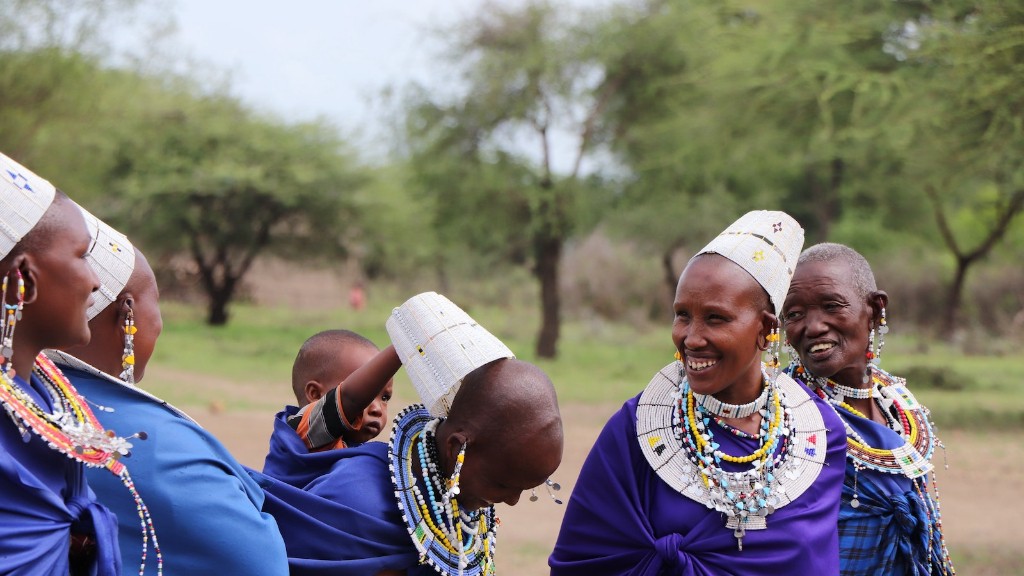Mating Habits of African Tribes
Africa is a diverse continent encompassing various tribes, each with its own unique cultural practices. Among these practices, the mating habits of African tribes hold a particular fascination. These habits vary widely across tribes, reflecting the rich tapestry of African cultures.
One of the most well-known tribes in Africa is the Maasai tribe of East Africa. They practice polygamy, where men are allowed to have multiple wives. This tradition is deeply rooted in their cultural and social fabric, with multiple wives symbolizing a man’s wealth and prestige within the community. Polygamy also plays a role in maintaining the tribe’s population and ensuring its survival.
Another tribe with interesting mating habits is the Himba tribe of Namibia. In this tribe, when a woman reaches reproductive age, she undergoes a rite of passage known as the Erembe ceremony. During this ceremony, the woman wears a traditional headpiece and jewelry to signify her availability for marriage. This unique custom is a way for the tribe to celebrate and honor the female members of their community.
Insight:
These cultural practices highlight the importance placed on marriage and procreation within African tribes. Marriage is seen as not only a union between two individuals but also a way to ensure the continuity of the tribe and its traditions.
On the other hand, the San people, also known as the Bushmen, have a different approach to mating. They practice a form of “serial monogamy,” where individuals form long-term relationships but are not bound by marriage. These relationships can change over time, allowing for greater flexibility within the community. This approach reflects the nomadic lifestyle of the San people, as well as their emphasis on communal living and shared responsibilities.
Furthermore, the Zulu tribe of South Africa has its own unique mating rituals. One such ritual is the “reed dance,” where young women from the tribe gather to dance for the Zulu king. This event serves as a way for the king to select potential brides. The reed dance is not only a celebration of beauty and femininity but also a symbol of respect and obedience to the tribal authority.
Analysis:
The diversity in mating habits among African tribes reflects the complexity of their social structures and values. These practices are rooted in tradition, cultural beliefs, and the need for societal cohesion. The different approaches to marriage and relationships provide a glimpse into the diverse ways in which African tribes have adapted to their environments and upheld their cultural heritage.
However, it is important to note that the dynamic nature of African societies means that mating habits are not fixed or stagnant. They can evolve over time in response to external influences, such as globalization and modernization. Some tribes have already seen a shift towards more monogamous relationships, influenced by Western values and changing societal norms.
Experts argue that understanding and respecting the mating habits of African tribes is crucial to preserving their cultural identities. It allows us to appreciate the diversity and richness of African cultures while challenging our own ideas and beliefs about relationships and marriage.
Expert Perspective:
“The mating habits of African tribes offer valuable insights into the complex interplay between culture, tradition, and societal dynamics. By studying these habits, we can gain a deeper appreciation for the unique ways in which different tribes navigate relationships, as well as the factors that shape their practices.” – Dr. Jane Mwangi, Anthropologist
Section 2: The Role of Gender
African tribes often have distinct gender roles within their communities, which also influence their mating habits. In many tribes, men are expected to be the providers and protectors of their families, while women take on domestic responsibilities and child-rearing.
The Dogon tribe of Mali, for example, practices patrilineal descent, where lineage and inheritance are traced through the male line. This system reinforces the importance of male figures within the tribe and places men in positions of power and authority. In terms of mating, this can lead to polygamous relationships, as men are seen as having the responsibility to establish and maintain multiple households.
However, it is important to recognize that not all tribes adhere to strict gender roles. In some tribes, such as the Akamba tribe of Kenya, women are actively involved in economic activities, such as farming and trading. This economic autonomy can influence their choices in mating, as they are not solely dependent on men for their livelihood.
Section 3: Rites of Passage
In many African tribes, mating habits are intricately tied to the rites of passage that individuals go through as they transition from one stage of life to another. These rites of passage serve as a way to prepare individuals for their roles within the community and often involve elaborate ceremonies and rituals.
The Xhosa tribe of South Africa, for instance, practices initiation rituals for boys entering manhood. One of the most well-known rituals is the circumcision ceremony, which symbolizes a boy’s transition into adulthood. This rite of passage is seen as a crucial step towards marriage and procreation, highlighting the cultural significance placed on mating within the tribe.
Section 4: Modern Challenges and Adaptations
As African societies continue to evolve, traditional mating habits face new challenges in the face of globalization and modernization. Western values and influences, such as monogamy and individualism, can clash with traditional practices, leading to a tension between old and new ways of forming relationships.
Additionally, factors such as urbanization and education play a role in shaping the mating habits of African tribes. Younger generations are exposed to different ideas and perspectives, leading to a reevaluation of traditional practices. While some tribes are embracing change and adapting their mating habits, others strive to preserve their cultural heritage by maintaining their traditional practices.
Section 5: The Importance of Cultural Preservation
Preserving the mating habits of African tribes is not just about maintaining their cultural identity; it is also about recognizing the value and diversity they bring to the world. Cultural preservation allows future generations to learn from and appreciate the wisdom embedded within these traditions.
Efforts to preserve African tribal cultures should be done in a way that respects their autonomy and agency. Collaboration with tribal elders and community members is crucial to ensure that the preservation of mating habits is carried out in an ethical and sustainable manner.
In conclusion, the mating habits of African tribes offer a fascinating insight into the complexities of their social structures and cultural practices. Understanding and appreciating these habits is essential in preserving the rich heritage of Africa’s diverse tribes while embracing the changes and challenges of the modern world.





